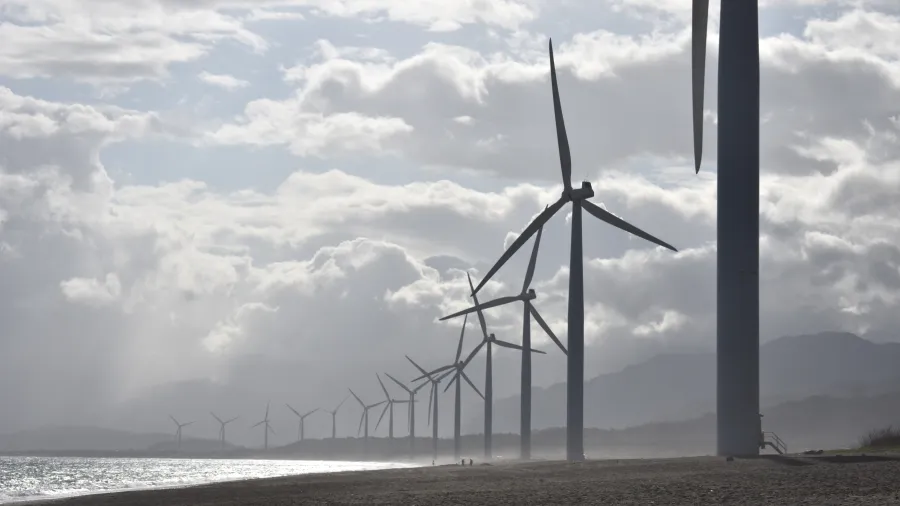
Insurance sector to capitalise on $54b BESS investment by 2024
Renewables could generate $237b in premiums by 2035.
Howden Re projects that renewable energy (RE) will account for 74% of the growth in global primary energy consumption by 2030. This shift, driven by the declining costs of technologies such as solar and wind, presents considerable growth opportunities for the (re)insurance sector, according to Howden Re's "Watt Now? Reinsuring the Renewable Energy Transition" report.
The report also cited that REs could generate $237b in premiums by 2035, if all national targets are met.
As renewable energy projects scale up, insurers must adapt their underwriting strategies to the specific risks involved. The insurance sector has begun developing more sophisticated products, such as coverage for solar, wind, and battery energy storage systems (BESS), according to Howden Re.
For instance, insurance on solar assets often covers the full Total Insured Value (TIV), while offshore wind insurance typically covers scenarios based on the Estimated Maximum Loss (EML), ranging from 10% to 30% of the TIV.
Meanwhile, the BESS sector, projected to attract $54b in investment by 2024, has seen insurers adopt stricter coverage terms due to the risk of battery failures.
Moreover, climate-related risks such as hail, severe storms, and natural catastrophes pose significant challenges to renewable energy assets.
Insurers have reported an increase in claims from these perils, with hail-related damage on solar farms accounting for 54% of the total incurred costs from loss claims over the past five years. Despite these risks, the overall number of affected solar farms remains low, with only 105 out of approximately 3,500 in the US being impacted by hail between 2000 and 2022.



















 Advertise
Advertise








